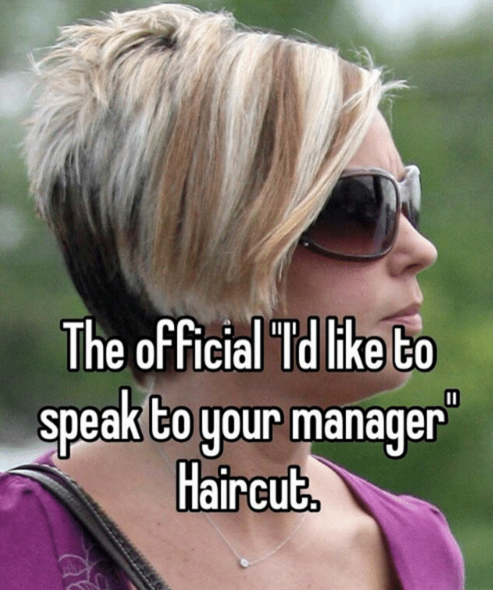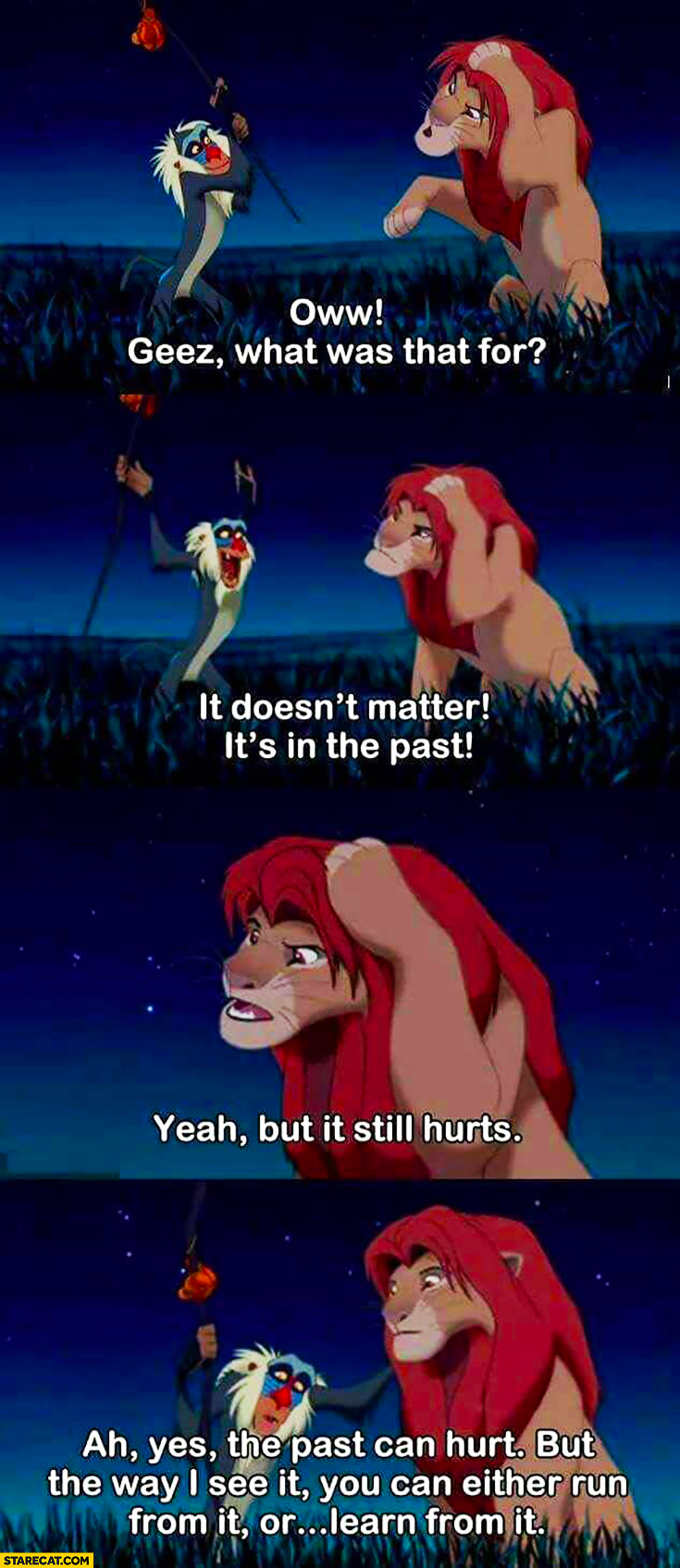Eating Healthy When Eating Out
Eating out can strike fear into the hearts of those finally seeing progress with their nutrition goals. “Is this where it all comes to an end?” Today, we’ll discuss different strategies to navigate this slippery slope.
Mental Preparation
The number one key to successfully eating out is mental preparation. Define the event for what it is: a social event. What is the real purpose of this event? A birthday celebration? Meeting with a potential new client? Get together with coworkers? Why are you going to a restaurant? If you are going because there is nothing to eat in your house, don’t go. Go to the grocery store instead. Otherwise, acknowledge that this is the meeting place for an event and it is not about the food. Making this mental transition shifts the relationship with the event from being about the deep-fried mozzarella sticks to the people you are there with.
What to eat
I think there are two main strategies for choosing what to eat. The right one depends on how often you are in this situation.
If you find yourself at restaurants frequently, you must exercise discipline to avoid sabotaging your goals. Tips that can help with this include:
- Look for items on the menu that closely resemble what you would normally eat
- Ask for calorie-laden sauces, coatings, breading, and the like to be served on the side or left off entirely. Remember: unless you are at Chuck E. Cheese, a restaurant’s primary business is cooking your food. You can ask for it to be cooked to your specifications; you’re paying them to do so. (but don’t go full-Karen mode unless you like a good spit burger)
- Stick with simple entrees to make it easier to track your macros. It’s much easier to enter chicken + baked potato + butter + salad + dressing than to figure out what is in their “chicken parmesan surprise.”
If you don’t visit restaurants frequently, consider making this a cheat meal. Eat what you want, but don’t abuse the scenario. Have the burger and fries, but avoid the buffalo wings appetizer and cookie skillet dessert. The second you step out of the restaurant put it behind you. It’s over. Move on.
Long-Term Strategies
If, in hindsight, you didn’t make the choices you’d like to have made, step one is to stop beating yourself up over it.
The first thing to do when you find yourself in a hole is to stop digging. –Unknown
Ask yourself how you would like to change things if you had to do it over. Now think about the moments just before making that decision you regret. What were you thinking? What were you feeling? What would be different about your thoughts and feelings now that would lead to a better decision? Take a moment and visualize the experience all over, but replace the feelings you had with the new feelings, then imagine yourself making that better decision. This may sound dumb, but it honestly works. Your subconscious brain struggles to identify the difference between reality and imagination. We can use this to our advantage by imagining how we’d like to respond, then when we encounter the scenario in real life, our subconscious responds in the way we’ve practiced. It works for Michael Phelps, and you can make it work for you too.
Q: If you were stranded on a deserted island and could only have three things, what would you ask for?
A: Michael Phelps, a saddle, and a gold medal on a stick.
Today’s Tasks
Don’t forget to complete today’s tasks for the challenge.
- Drink 1 gallon of water
- Workout for 45 minutes
- Read ten pages from your book
- Stick to your meal plan
Once completed, head to the tracking site and mark them as completed to track your progress for the challenge. Tomorrow we address the last topic in our nutrition portion of this challenge. It’s a subject more taboo than politics, religion, and alien abductions in trailer parks: the fourth macro.

